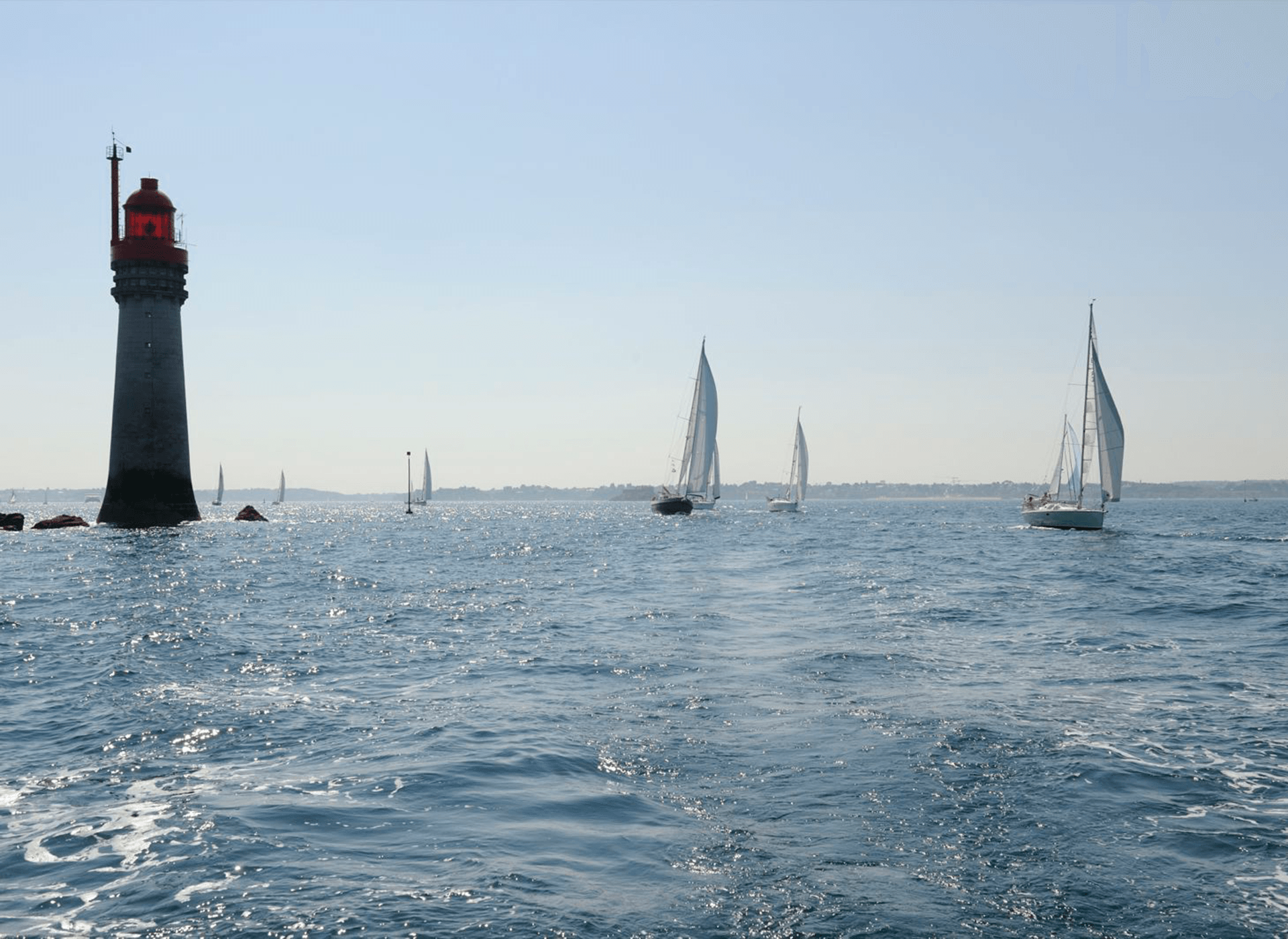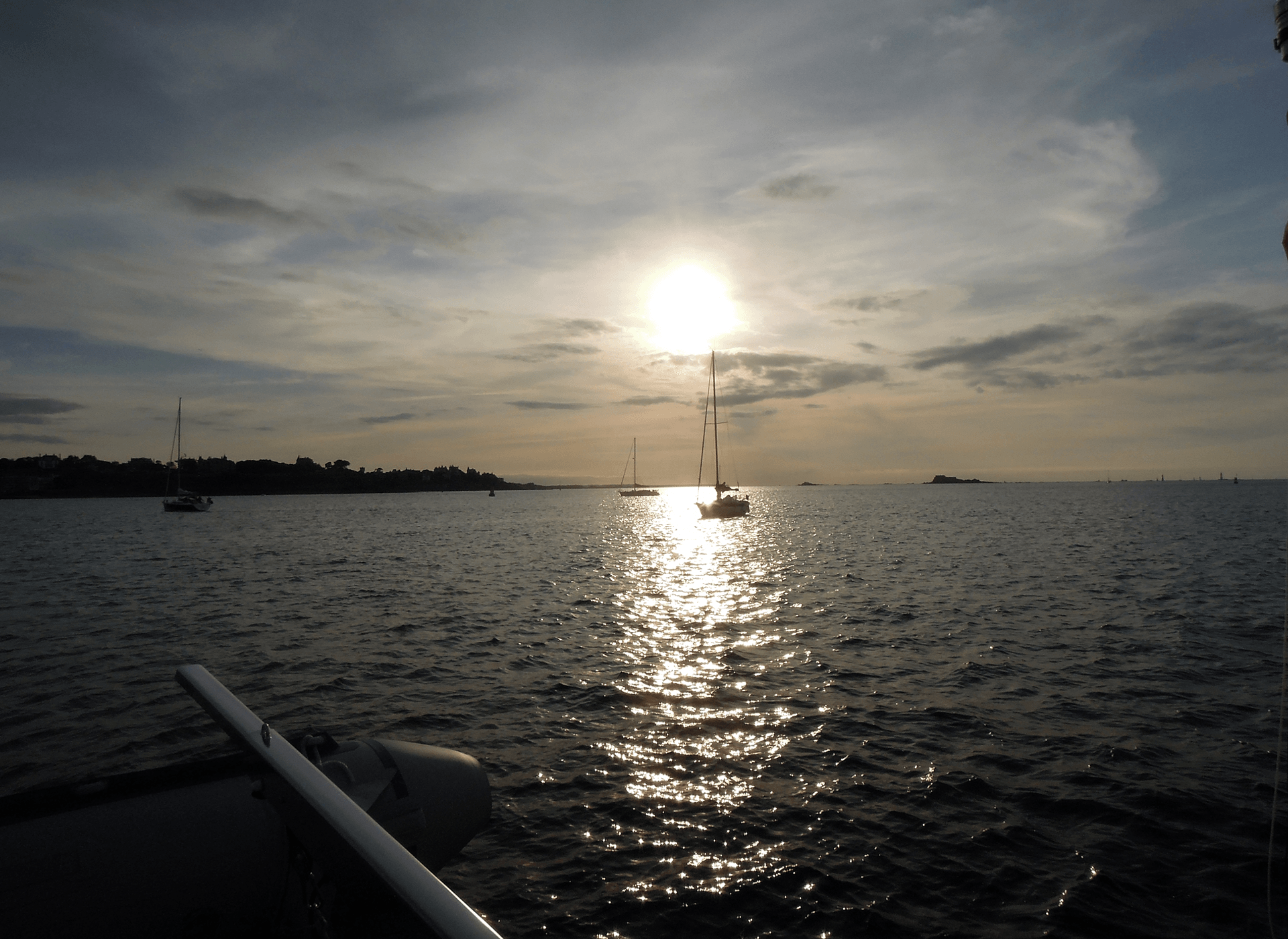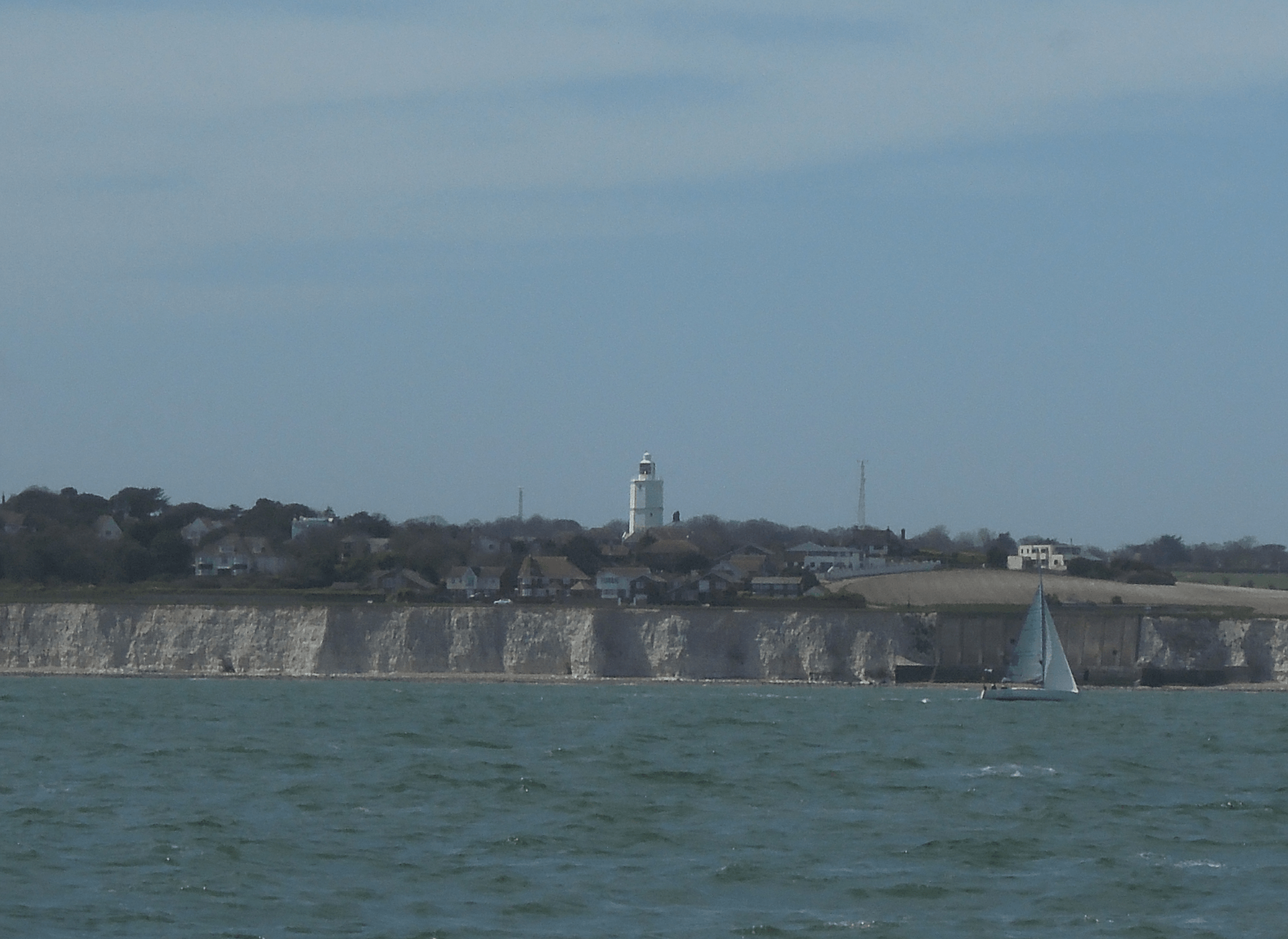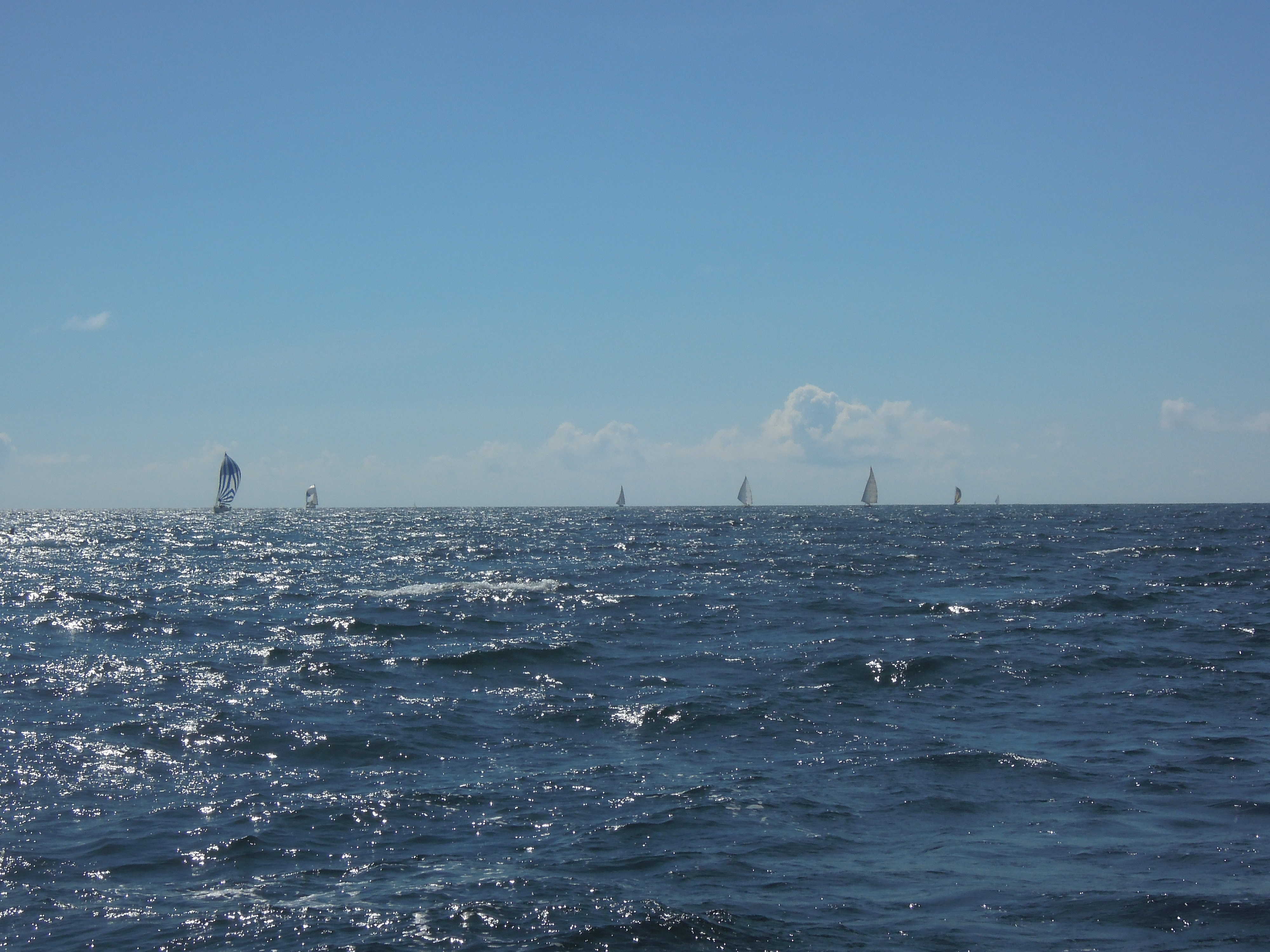RYA Yachtmaster Ocean theory online course
The Yachtmaster Ocean theory course will equip you with the necessary theoretical skills to carry out an ocean passage as mate or skipper. The course will cover all aspects of ocean navigation, with a particular emphasis on the use of astro-navigation and worldwide meteorology.
The lessons will unlock the mysteries of the sextant and allow you to confidently take sights at sea to obtain your position and carry out compass checks. Also covered within the course lessons are worldwide meteorology, passage planning and communications at sea.
The RYA online Yachtmaster Ocean theory course is delivered by Navathome, a RYA Recognised Training Centre specialising in online training.
Prior to the course your navigation skills should be at the standard of the Coastal Skipper/Yachtmaster theory course.
Yachtmaster Ocean Theory course syllabus
1. The earth and the celestial sphere
Definition of observer’s zenith and position of a heavenly body in terms of latitude, longitude, GHA and declination Right angle relationships, latitude and co-lat, declination and polar distance Relationship between GHA, longitude and LHA Tabulation of declination in nautical almanac Rate of increase of hour angle with time.
2. The PZX triangle
The tabulated components of the triangle, LHA, co-lat and polar distance The calculable components, zenith distance and azimuth Relationship between zenith distance and altitude Introduction to the tabular method of solution in the Air Navigation Tables and the basic sight form The use of calculators for the solution of the PZX triangle.
3. The sextant
Practical guide to the use and care of a sextant at sea Conversion of sextant altitude to true altitude Application of dip, index error and refraction Correction of side error, perpendicularity, index error and collimation error.
4. Measurement of time
Definition of, and relationship between, UT, LMT, standard time and zone time Rating of chronometers and watches.
5. Meridian altitudes
Forecasting time of meridian altitude Reduction of meridian altitude sights.
6. Sun, star and other sights
Reduction and plotting of sun sights using Air Navigation Tables Awareness of use of calculator for sight reduction The plotting of sun-run-sun meridian altitude Awareness of the reduction and plotting of sights obtained from stars, moon and planets.
7. Compass checking
Use of amplitude and azimuth tables systems and/or calculator.
8. Satellite Navigation Systems
Principles and limitations of use of all systems.
9. Great circle sailing
Comparison of rhumb lines and great circles Vertices and composite tracks The computation of a series of rhumb lines approximating to a great circle by use of gnomonic and Mercator projections.
10. Meteorology
General pressure distribution and prevailing winds over the oceans of the world Tropical revolving storms, seasonal occurrence and forecasting by observation.
11. Passage planning
Publications available to assist with planning of long passages (routeing charts, ocean passages of the world and other publications) Preparation for ocean passage including survival equipment, victualling, water and fuel management, chafe protection, spares and maintenance.
12. Passage making
Navigational routine Watchkeeping Crew management.
13. Communications
Satellite and terrestrial systems Weather information.
Overview of all our RYA online courses



















